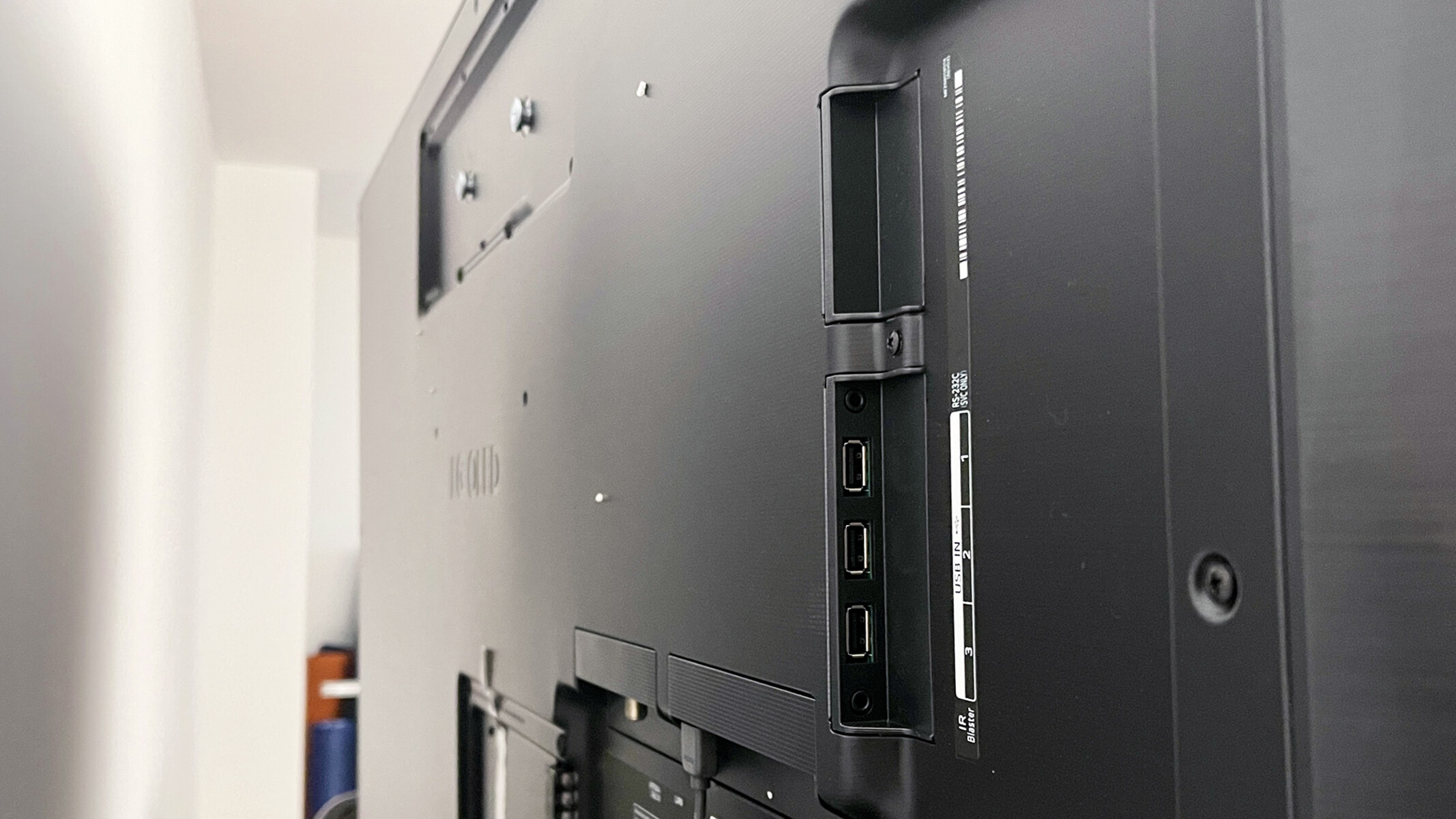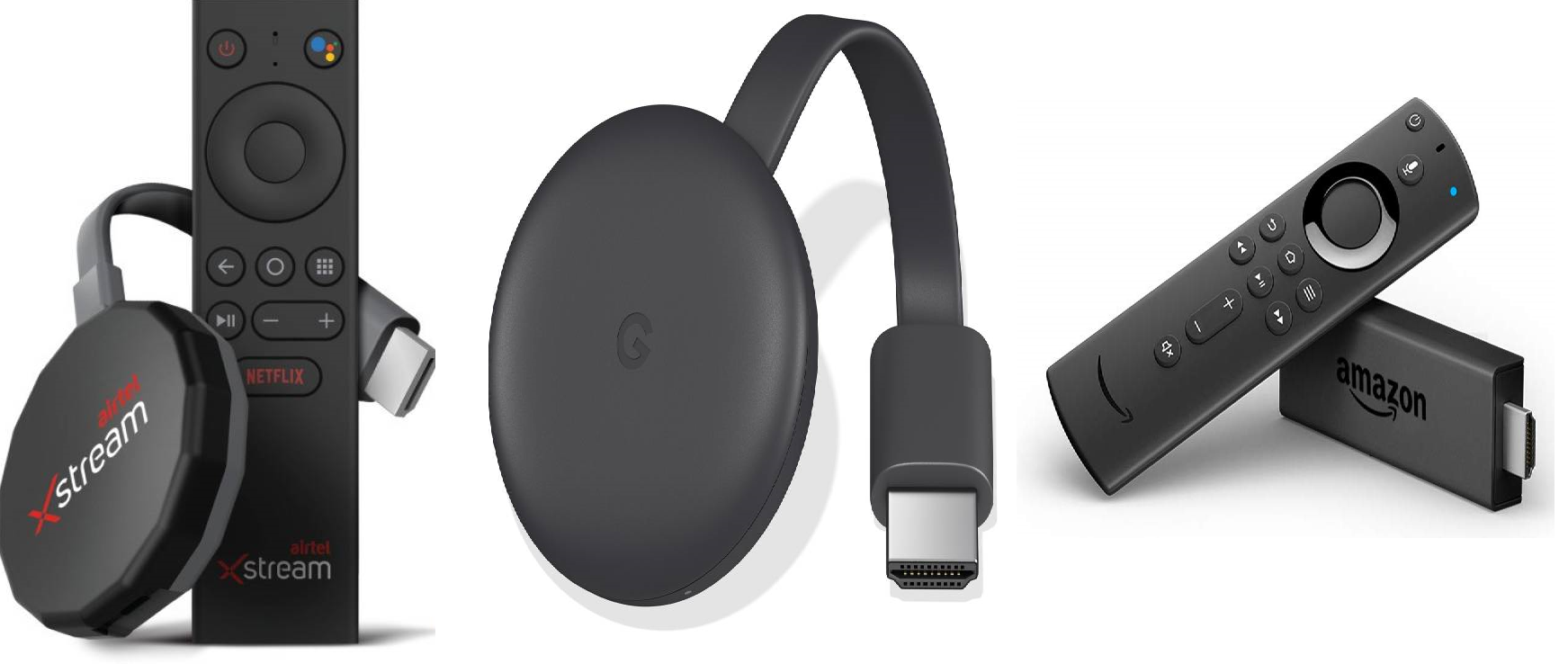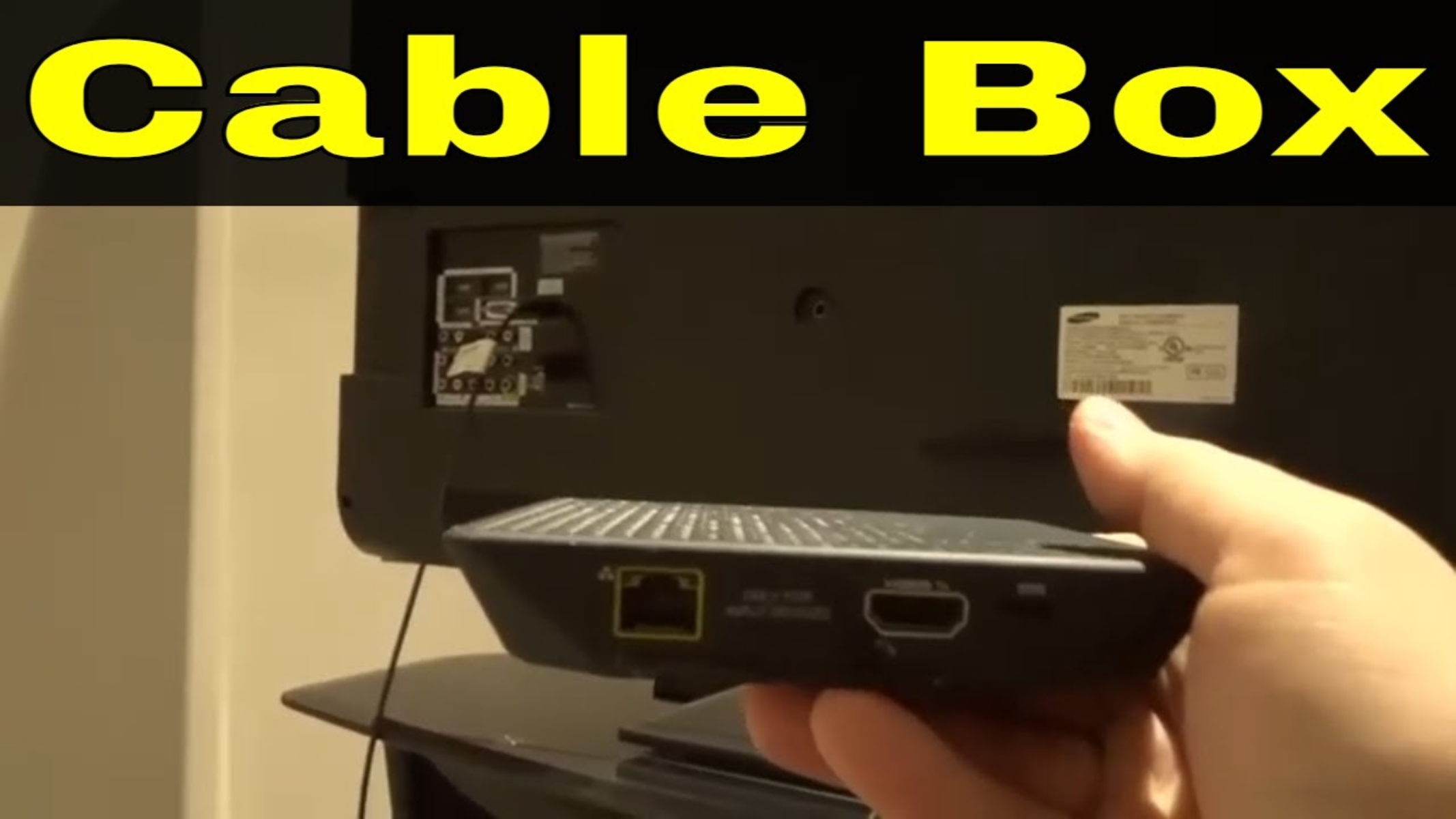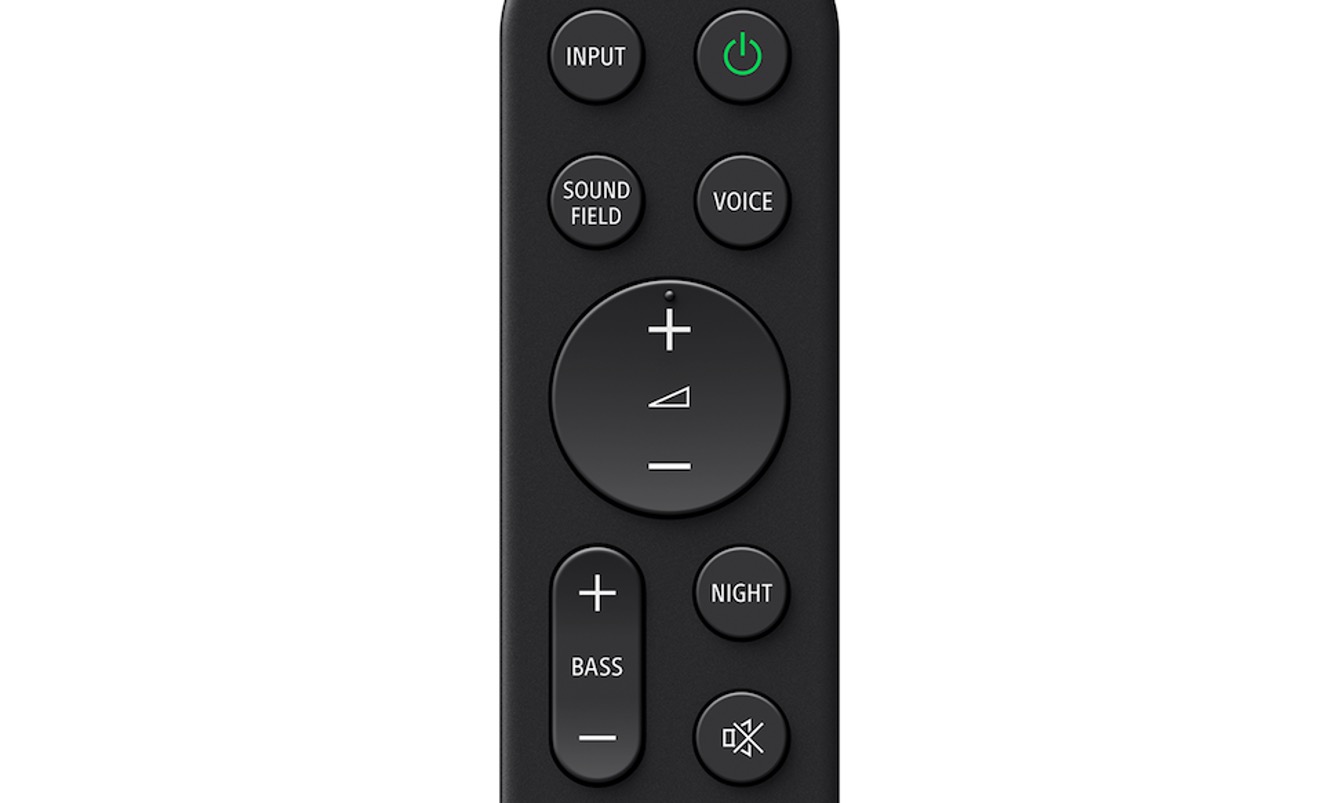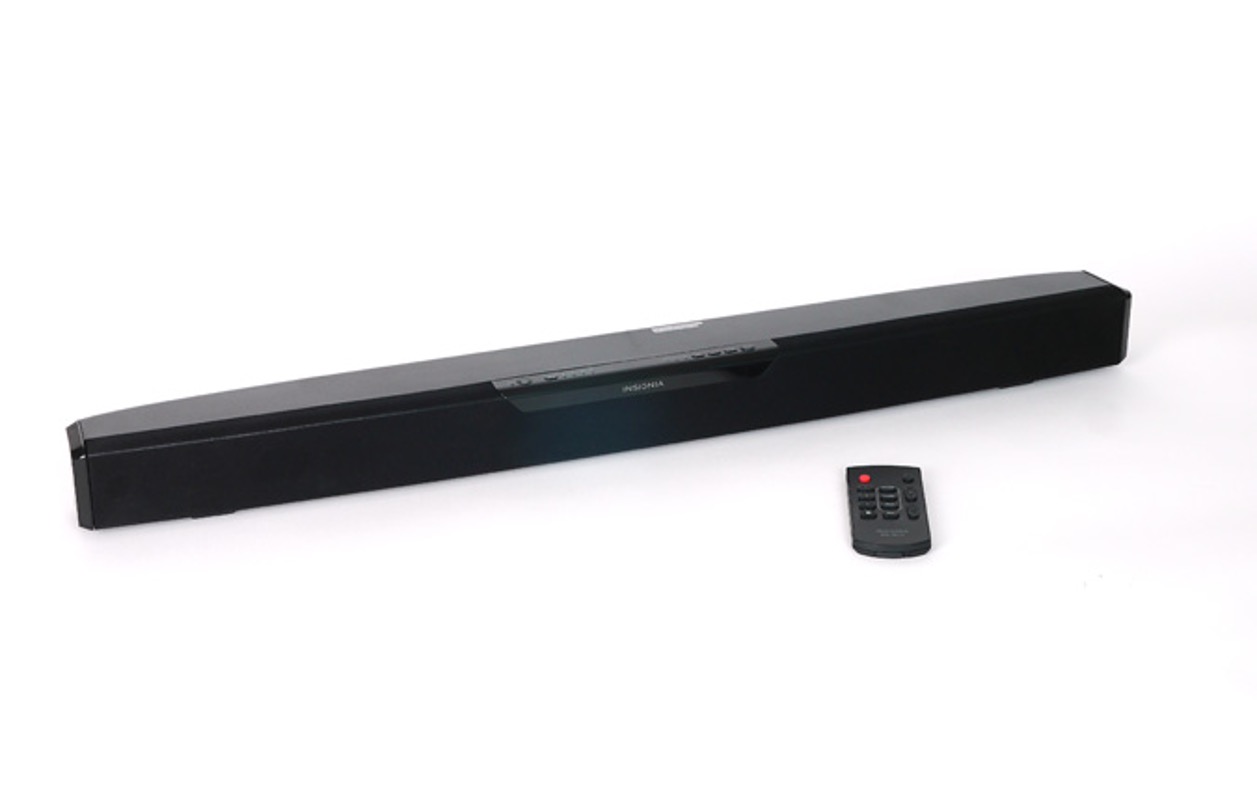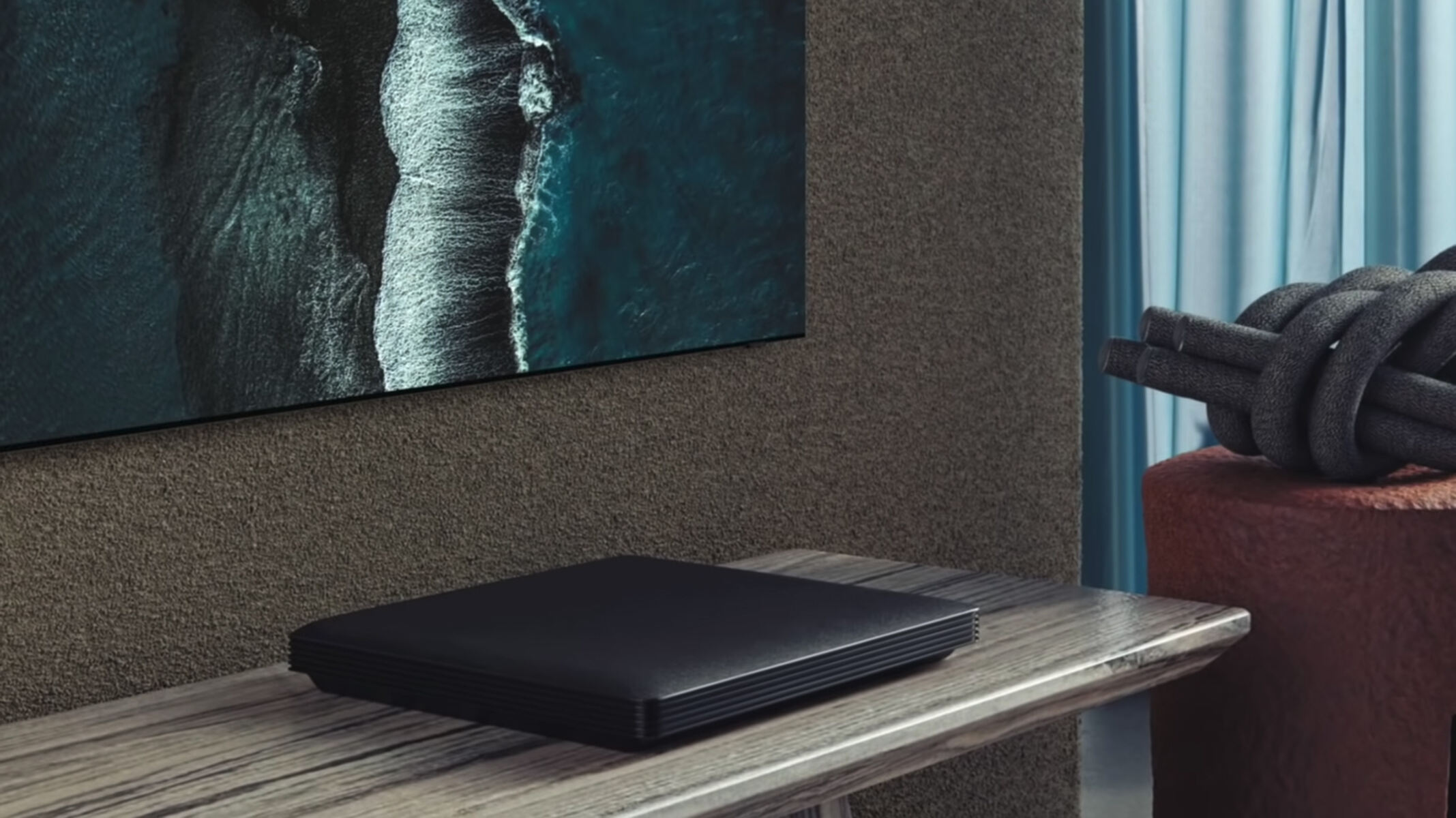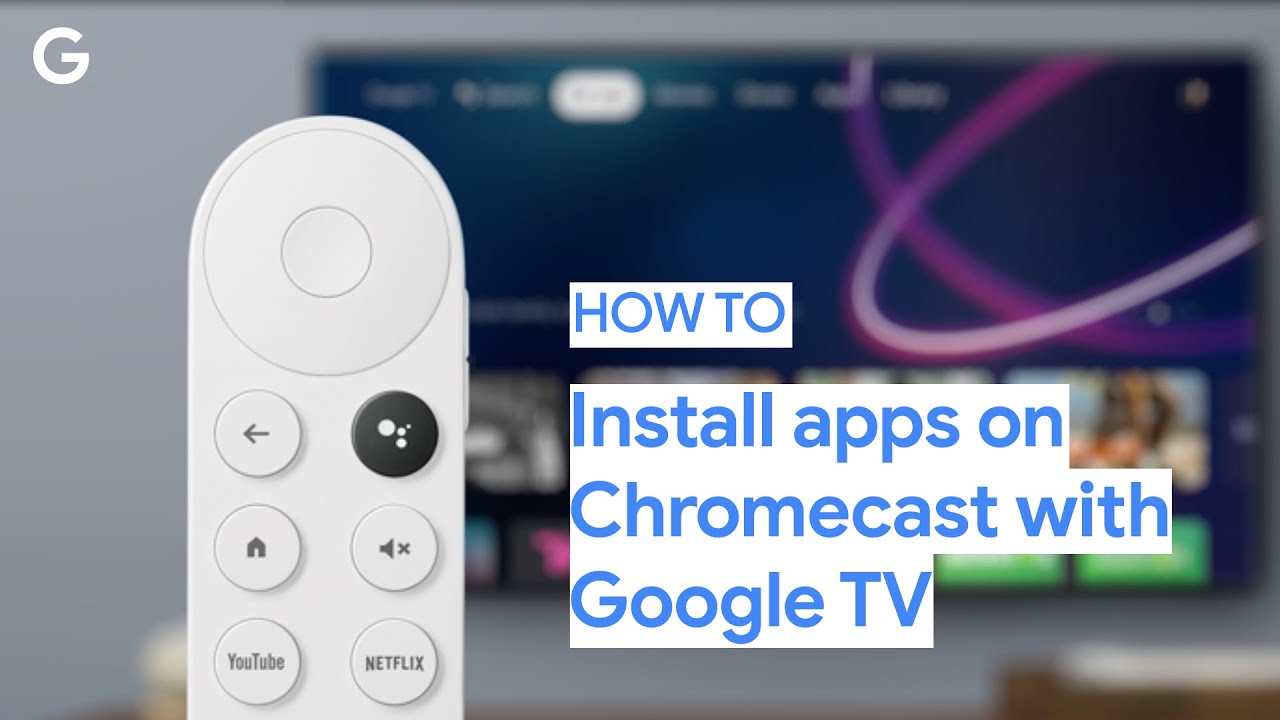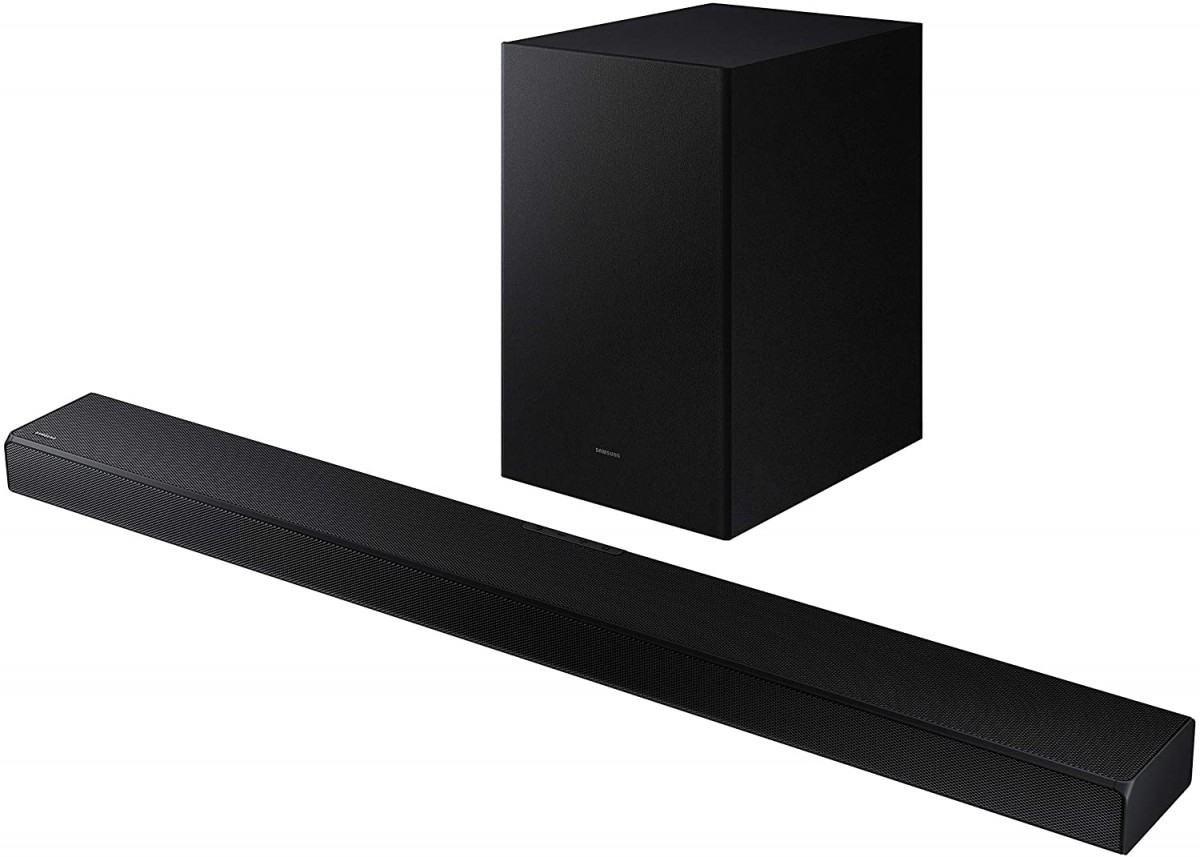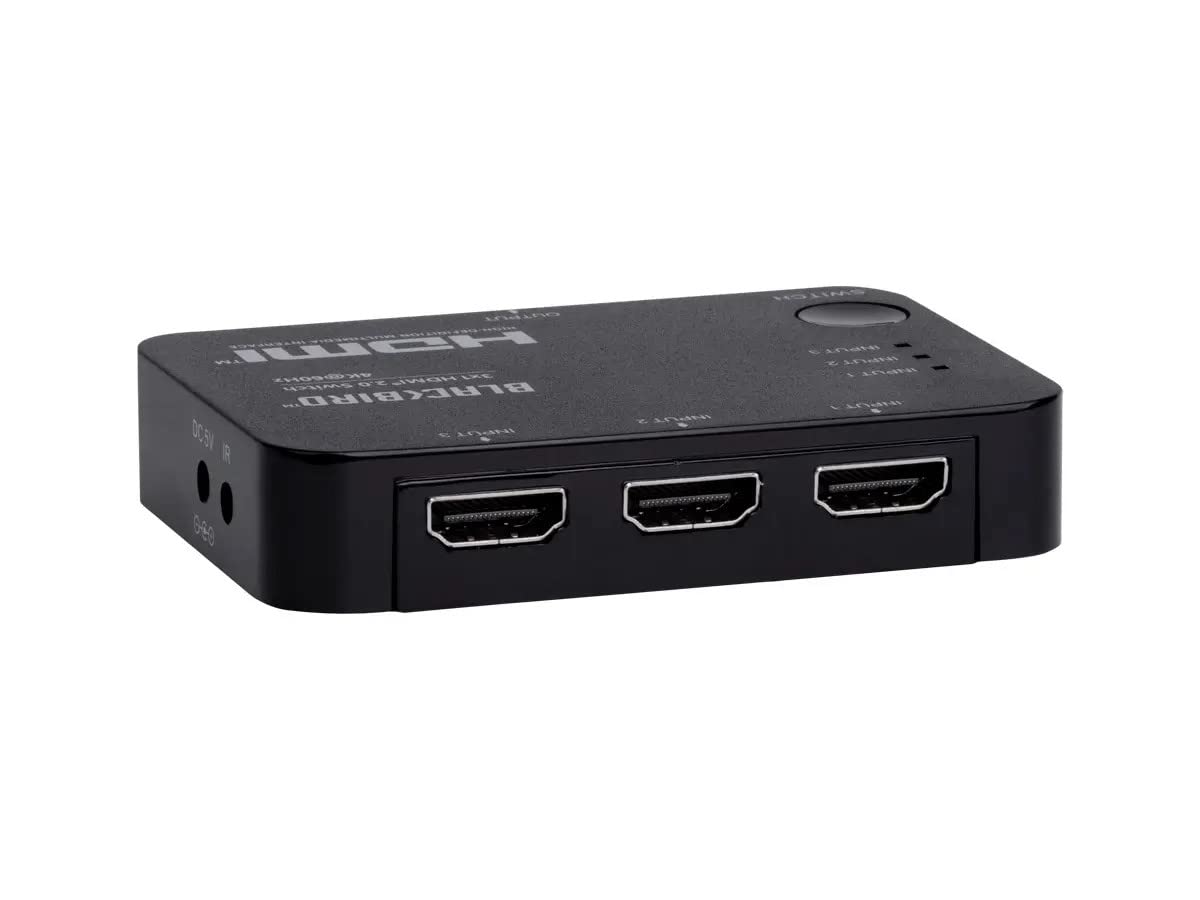Introduction
Welcome to our guide on how to add more HDMI ports to your TV! With the increasing number of devices that rely on HDMI connections, such as gaming consoles, streaming devices, Blu-ray players, and soundbars, it’s not uncommon to find yourself running out of HDMI ports on your television. This can be quite frustrating, especially if you constantly need to swap cables to connect different devices.
Fortunately, there are several methods available to expand the number of HDMI ports on your TV, allowing you to enjoy all your devices without the hassle of constantly unplugging and plugging in cables. In this article, we will explore different options and provide you with the information you need to make an informed decision.
We will discuss various methods, such as using an HDMI switcher, HDMI splitter, HDMI adapter, or even upgrading to a new television. Each method has its own advantages and considerations, so it’s important to understand your specific needs and budget before making a choice.
Adding more HDMI ports to your TV can greatly enhance your entertainment setup by simplifying cable management and allowing you to connect multiple devices simultaneously. Whether you’re a dedicated gamer, a movie enthusiast, or simply someone who wants to enjoy the convenience of having all your devices connected at once, this guide will help you find the best solution for your needs.
So, if you’re tired of constantly switching cables and want to expand the capabilities of your TV, let’s dive into the various methods of adding more HDMI ports!
Reasons for Adding More HDMI Ports to Your TV
There are several compelling reasons why you might want to consider adding more HDMI ports to your TV. Let’s explore some of the key motivations:
- Connect multiple devices: One of the primary reasons for adding more HDMI ports is the ability to connect multiple devices to your TV simultaneously. Whether you have a gaming console, a streaming device, a Blu-ray player, or a soundbar, having enough HDMI ports allows you to seamlessly switch between different sources without the hassle of constantly swapping cables.
- Streamlining cable management: With more HDMI ports, you can neatly organize your cable setup. Avoid the frustration of tangled wires and the constant need to plug and unplug cables whenever you want to switch devices. Having dedicated ports for each device makes cable management much more efficient and aesthetically pleasing.
- Enhancing your entertainment experience: By adding more HDMI ports, you can expand the capabilities of your TV and enjoy a more immersive entertainment experience. Connect your gaming console, media streaming device, and home theater system with ease, allowing you to enjoy movies, games, and TV shows without any interruptions or limitations.
- Future-proofing your setup: As technology evolves, the number of devices utilizing HDMI connections continues to increase. By adding more HDMI ports now, you can future-proof your setup and ensure compatibility with upcoming devices. This proactive approach saves you from having to make additional adjustments or invest in new equipment down the line.
- Flexibility in HDMI source switching: With multiple HDMI ports, you have the freedom to switch between various input sources seamlessly. Whether it’s going from gaming to watching a movie or switching between different streaming services, having multiple HDMI ports eliminates the need to constantly reconfigure your TV’s settings, providing a more convenient and user-friendly experience.
These are just a few of the reasons why adding more HDMI ports to your TV can greatly enhance your entertainment setup. Now that we understand the motivations behind expanding the number of HDMI ports, let’s explore the different methods you can use to achieve this.
Different Methods for Adding HDMI Ports to Your TV
If you find yourself in need of additional HDMI ports, there are several methods you can consider to expand the capabilities of your TV. Let’s explore the different options:
- Method 1: Using an HDMI Switcher: An HDMI switcher is a device that allows you to connect multiple HDMI sources to a single HDMI port on your TV. It typically comes with multiple HDMI inputs and one HDMI output. You can switch between different input sources using a remote control or a button on the switcher. This method is ideal if you have limited HDMI ports on your TV and want to connect multiple devices that you don’t use simultaneously.
- Method 2: Using an HDMI Splitter: An HDMI splitter is a device that takes a single HDMI input and splits it into multiple outputs. This method is useful if you want to display the same content on multiple TVs or monitors. For example, you can connect your gaming console to an HDMI splitter and send the signal to a TV in the living room and another TV in the bedroom. Keep in mind that using an HDMI splitter may not support simultaneous use of all connected devices.
- Method 3: Using an HDMI Adapter: If you have spare USB or other ports on your TV, you can use an HDMI adapter to convert those ports into HDMI ports. For example, you can use an HDMI to USB adapter or an HDMI to DisplayPort adapter, depending on the available ports on your TV. This method is convenient if you have open USB or other ports that are not being utilized.
- Method 4: Upgrading to a New Television: If you’re considering adding more HDMI ports because your current TV doesn’t have enough, upgrading to a new television with more HDMI ports might be a viable option. Be sure to check the specifications of the TV you plan to purchase to ensure it meets your requirements for HDMI ports and other features.
Each method has its own advantages and considerations, so it’s important to choose the one that best fits your needs and budget. Keep in mind that some methods may require additional cables or adapters, so make sure you have the necessary accessories to complete the setup. Now that you’re familiar with the different methods, let’s dive deeper into each option and explore their features and limitations.
Method 1: Using an HDMI Switcher
One popular method for adding more HDMI ports to your TV is by using an HDMI switcher. An HDMI switcher is a device that allows you to connect multiple HDMI sources to a single HDMI port on your television. This is particularly useful if your TV has limited HDMI ports and you want to connect multiple devices.
An HDMI switcher typically comes with multiple HDMI inputs and one HDMI output. You can connect your gaming console, Blu-ray player, streaming device, and other HDMI-enabled devices to the switcher’s input ports. The switcher then acts as a hub, allowing you to switch between different input sources using a remote control or a button on the switcher itself.
Using an HDMI switcher offers several benefits. It eliminates the need to constantly unplug and plug in HDMI cables whenever you want to switch devices. You can simply select the desired input source on the switcher, and the signal will be routed to your television. This not only saves you the hassle of cable management but also reduces wear and tear on the HDMI ports of your TV.
When choosing an HDMI switcher, make sure to consider the number of HDMI inputs it offers. Look for a switcher that has enough ports to accommodate all the devices you wish to connect. Additionally, check for features like 4K Ultra HD support and HDMI-CEC compatibility, as these can enhance your viewing experience and provide seamless control over your connected devices.
Keep in mind that while an HDMI switcher allows you to connect multiple devices, it does not support using all devices simultaneously. Most HDMI switchers can only display one input source at a time on your TV. If you need to use multiple devices simultaneously, you may want to consider other methods such as using an HDMI splitter.
Overall, using an HDMI switcher is a convenient and cost-effective method to add more HDMI ports to your TV. It simplifies cable management, reduces the need for frequent cable swapping, and provides a seamless way to switch between different devices. Whether you’re a serious gamer, a movie enthusiast, or simply someone who wants to connect multiple devices to your TV, an HDMI switcher can greatly enhance your viewing experience.
Method 2: Using an HDMI Splitter
Another method for expanding the number of HDMI ports on your TV is by using an HDMI splitter. An HDMI splitter is a device that takes a single HDMI input and splits it into multiple outputs. This can be useful if you want to display the same content on multiple TVs or monitors, or if you need to connect multiple devices to a single HDMI port on your TV.
Using an HDMI splitter is a straightforward process. You connect the HDMI output source, such as a gaming console or Blu-ray player, to the input port on the splitter. The splitter then splits the HDMI signal and sends it to multiple HDMI output ports. You can connect your TV and other HDMI-enabled devices, such as projectors or additional TVs, to the output ports of the splitter.
One advantage of using an HDMI splitter is that it allows you to duplicate your HDMI signal to multiple displays. For example, if you want to watch a movie on two different TVs in separate rooms, you can connect the HDMI splitter to your Blu-ray player and then connect the TVs to the output ports of the splitter. This eliminates the need for separate HDMI sources for each TV.
However, it’s important to note that HDMI splitters typically do not support simultaneous use of all connected devices. Some splitters may only allow you to display the HDMI signal on one output at a time, while others may support a split-screen or picture-in-picture mode. Be sure to check the specifications of the HDMI splitter you choose to ensure it meets your specific needs.
When selecting an HDMI splitter, consider the number of output ports it offers and the resolution it supports. If you plan to connect multiple devices, make sure the splitter has enough output ports to accommodate them. Additionally, if you require 4K Ultra HD resolution or other specific video formats, ensure that the splitter supports those formats.
Using an HDMI splitter can be a cost-effective solution for adding more HDMI ports to your TV, especially if you need to display the same content on multiple displays. It simplifies cable management and eliminates the need for duplicate HDMI sources. However, keep in mind the limitations of using an HDMI splitter, such as the inability to use all connected devices simultaneously. If simultaneous usage is a requirement, explore other methods like using an HDMI switcher.
Method 3: Using an HDMI Adapter
If you have spare USB or other ports on your TV, another method to add more HDMI ports is by using an HDMI adapter. An HDMI adapter allows you to convert the available ports on your TV into HDMI ports, providing you with additional connectivity options.
There are various types of HDMI adapters available, depending on the ports available on your TV. For example, if your TV has USB ports, you can use an HDMI to USB adapter to convert the USB port into an HDMI input. Similarly, if your TV has a DisplayPort or DVI port, you can use an HDMI to DisplayPort or HDMI to DVI adapter, respectively.
The process of using an HDMI adapter is straightforward. You simply connect the adapter to the available port on your TV and then connect your HDMI-enabled device to the HDMI input on the adapter. This allows you to utilize the available port on your TV as an HDMI port, expanding the number of devices you can connect.
Using an HDMI adapter offers the benefit of utilizing unused ports on your TV, providing you with additional connectivity options without the need for additional devices or cables. It also saves you the hassle of purchasing an extra HDMI switcher or splitter if you have empty spare ports available.
However, it’s important to note that the functionality and compatibility of HDMI adapters may vary depending on the specific adapter and TV model. Some adapters may support audio and video signals, while others may only support video. It’s advisable to check the specifications and compatibility of the HDMI adapter with your TV and the device you intend to connect to ensure seamless operation.
When selecting an HDMI adapter, consider the type of port it converts to HDMI and the features it supports. Ensure that the adapter supports the necessary video and audio formats you require, such as 4K Ultra HD or surround sound. Additionally, check the length of the adapter cable to ensure it suits your setup.
Using an HDMI adapter can be a convenient and cost-effective method for adding more HDMI ports to your TV, especially if you have available USB or other ports. It allows you to make use of unused ports and expand your connectivity options. However, make sure to check the compatibility and functionality of the HDMI adapter to ensure it meets your specific requirements.
Method 4: Upgrading to a New Television
If you find yourself constantly in need of more HDMI ports and your current TV doesn’t provide enough, one viable solution is to upgrade to a new television with more HDMI ports. This method gives you the opportunity to enjoy the benefits of a modern TV while gaining additional HDMI connectivity options.
When considering upgrading to a new television, it’s important to check the specifications of the TV models you are interested in. Look for TVs that offer an adequate number of HDMI ports to accommodate all your devices. Typical modern televisions offer anywhere from two to several HDMI ports, depending on the size and model.
In addition to the number of HDMI ports, consider other features and specifications that are important to you. Check for features like 4K Ultra HD resolution, HDR (High Dynamic Range) capability, and smart TV functionalities. These features can greatly enhance your viewing experience and provide you with a more immersive and enjoyable entertainment setup.
It’s also crucial to set a budget and determine the size and display technology (such as LED, OLED, or QLED) that fits your preferences and space. Consider factors like room size and viewing distance to ensure you choose a TV that offers an optimal viewing experience.
When you upgrade to a new television, keep in mind that you will need to transfer your existing devices to the new TV. Be prepared to disconnect and reconnect your gaming console, Blu-ray player, streaming devices, and any other HDMI-enabled devices to the new TV’s HDMI ports. It’s a good opportunity to also evaluate your cable management and optimize the setup for better organization.
Upgrading to a new television not only expands your HDMI connectivity options but also allows you to enjoy the advancements in technology and features that come with newer models. It’s a long-term investment that can greatly enhance your viewing experience and future-proof your entertainment setup.
Before making a purchase, be sure to read reviews, compare different models, and visit local electronics stores to see the TVs in person. Taking the time to research and choose the right television will ensure you find a model that meets your needs and provides the desired number of HDMI ports for your expanding array of devices.
Factors to Consider When Adding HDMI Ports
When adding HDMI ports to your TV, there are several important factors to consider. These factors will help you make an informed decision and choose the method that best suits your needs. Let’s explore these factors:
- Number of Ports Needed: Consider the number of devices you want to connect to your TV. Determine how many HDMI ports you currently have and how many additional ports you require. This will help you decide which method to use, whether it’s using an HDMI switcher, splitter, adapter, or upgrading to a new television.
- Available Space: Take into account the physical space available near your TV and the devices you want to connect. Some methods, like using an HDMI switcher or splitter, may require additional space for the device itself and extra cables. Make sure there is enough room to accommodate the method you choose.
- Budget: Consider your budget when selecting a method to add more HDMI ports. Different methods have varying price ranges, so determine how much you are willing to spend. Remember to account for any additional cables or adapters you may need to purchase alongside the main method.
- Device Compatibility: Ensure compatibility between the devices you want to connect and the method you choose. Check that your devices support the specific HDMI standard required by the method, such as HDMI 2.0 for 4K Ultra HD content. Verify this information in the device manuals or specifications.
- Audio and Video Quality: If you are concerned about audio and video quality, consider the capabilities of the method you choose. Look for options that support high-resolution formats, such as 4K Ultra HD and HDR, and deliver optimal audio performance, such as Dolby Atmos or DTS:X.
- Ease of Use: Think about how user-friendly the method is. Consider factors such as ease of installation, switching between input sources, and overall convenience. Look for methods that offer simple setup procedures and easy operation, ensuring a hassle-free experience when connecting and using your devices.
By considering these factors, you can make an informed decision when adding HDMI ports to your TV. Each factor will help you choose the method that best fits your specific needs, budget, and preferences. Remember to take into account the requirements of your devices, the available space, and the desired audio and video quality. With careful consideration, you can successfully expand the HDMI connectivity options of your TV.
Conclusion
Adding more HDMI ports to your TV allows you to connect multiple devices and enhance your entertainment setup. Whether you’re a gaming enthusiast, a movie lover, or someone who wants to streamline cable management, there are various methods available to expand the number of HDMI ports on your TV.
In this guide, we explored different methods, including using an HDMI switcher, an HDMI splitter, an HDMI adapter, or upgrading to a new television. Each method has its own advantages and considerations, so it’s important to choose the one that aligns with your specific needs and budget.
An HDMI switcher provides the convenience of connecting multiple devices to a single HDMI port, allowing you to switch between sources without the hassle of constantly swapping cables. An HDMI splitter, on the other hand, duplicates the HDMI signal to multiple displays, making it ideal for mirroring content across different TVs or monitors.
If you have spare USB or other ports on your TV, using an HDMI adapter can be a cost-effective solution to convert those ports into HDMI inputs. This method eliminates the need for additional devices or cables and expands your connectivity options. Alternatively, upgrading to a new television with more HDMI ports offers a long-term solution and allows you to enjoy the latest advancements in technology and features.
When adding HDMI ports, consider factors such as the number of ports needed, available space, budget, device compatibility, audio and video quality, and ease of use. These factors will help you make an informed decision and choose the method that best suits your requirements.
Remember to check the specifications and compatibility of the devices and methods you choose to ensure optimal performance. Additionally, consider cable management and organization to keep your setup clean and functional.
By expanding the HDMI connectivity options of your TV, you can enjoy a more seamless and immersive entertainment experience. Say goodbye to cable swapping and enjoy the convenience of having all your devices connected at once. Whether you opt for an HDMI switcher, splitter, adapter, or a new television, adding more HDMI ports will enhance your TV setup and unlock a world of possibilities.







